Elevate your farmhouse kitchen with a stylish and functional range hood. Explore designs that not only enhance ventilation but also serve as a focal point, adding character and charm to your culinary space with their distinctive style.


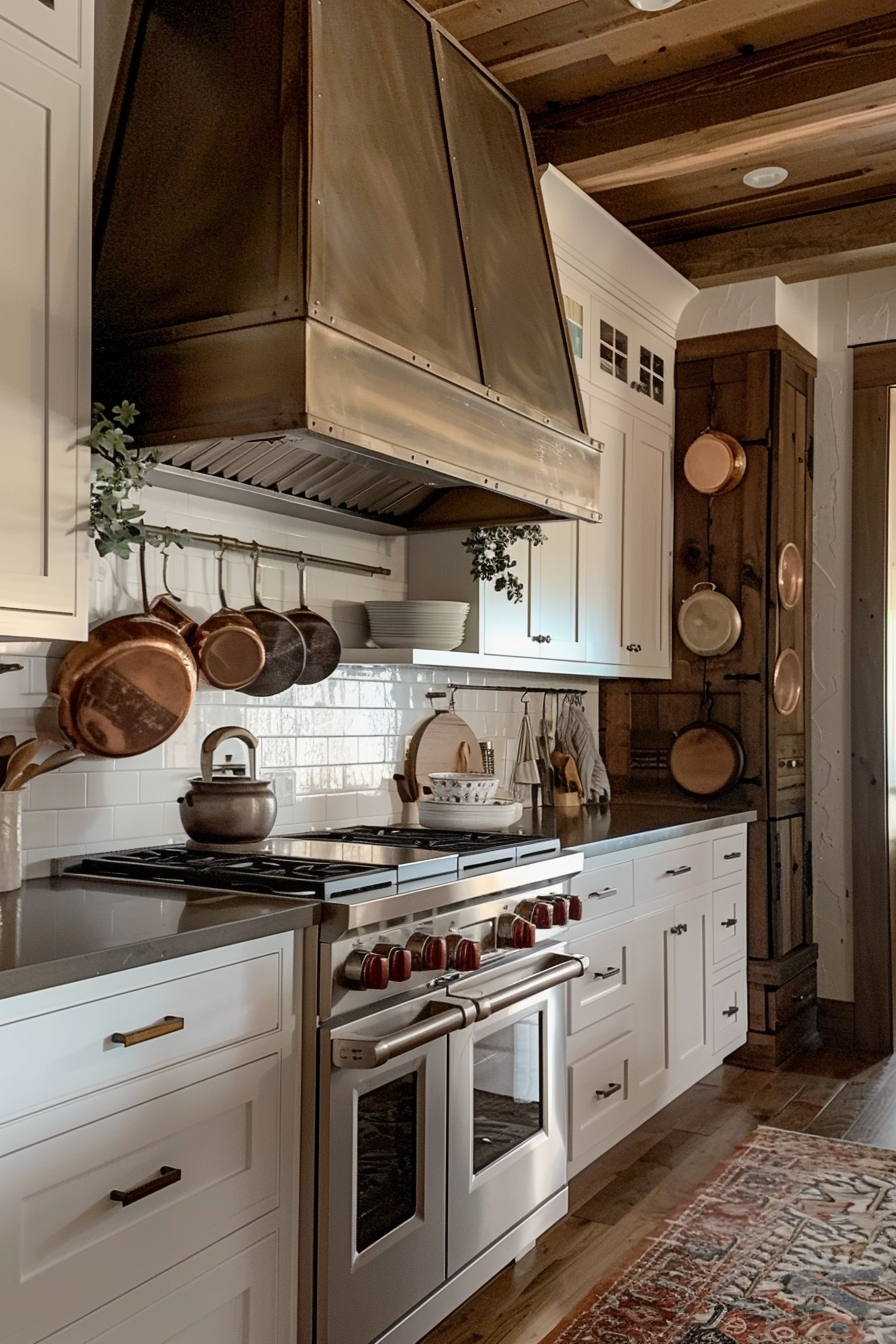









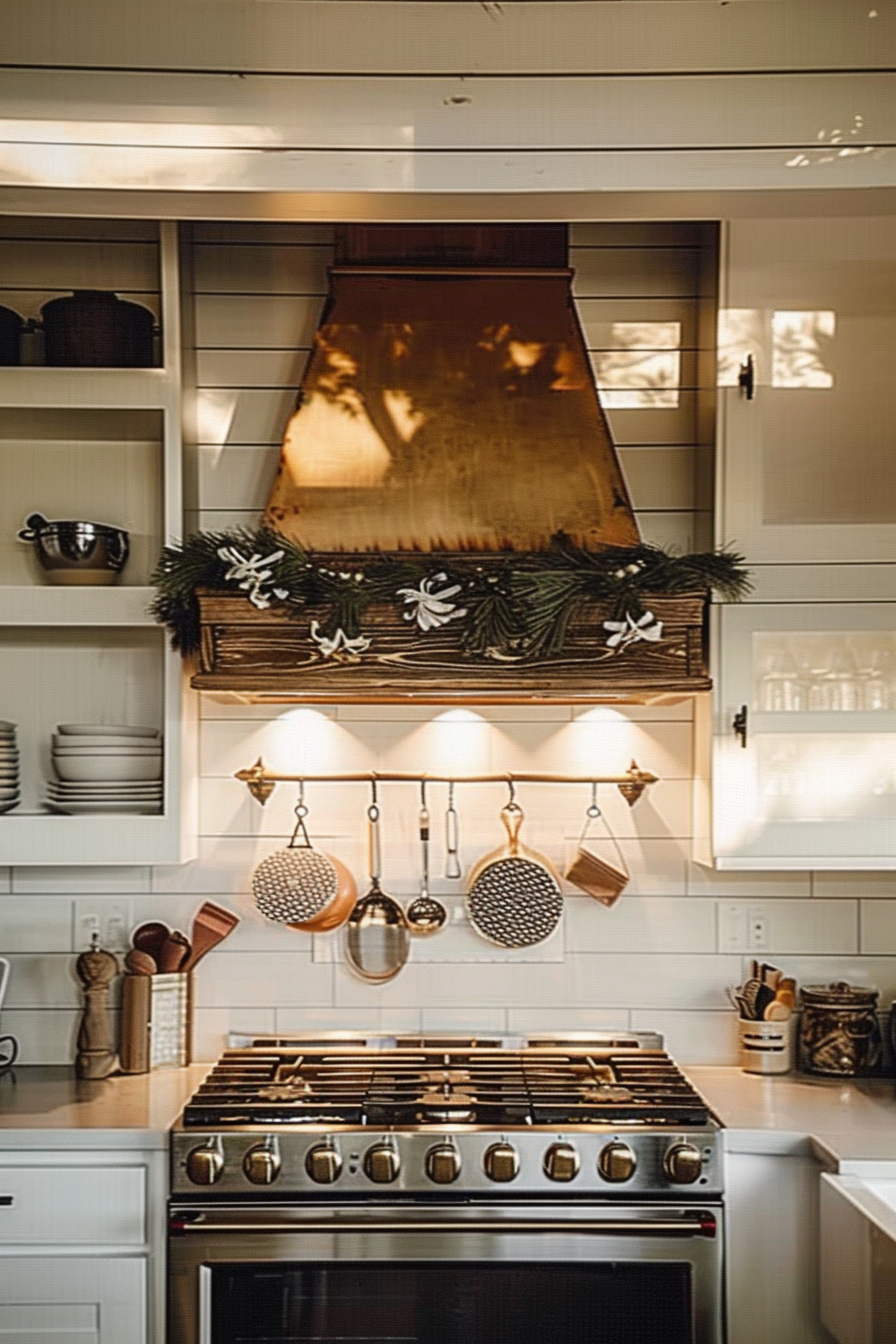
















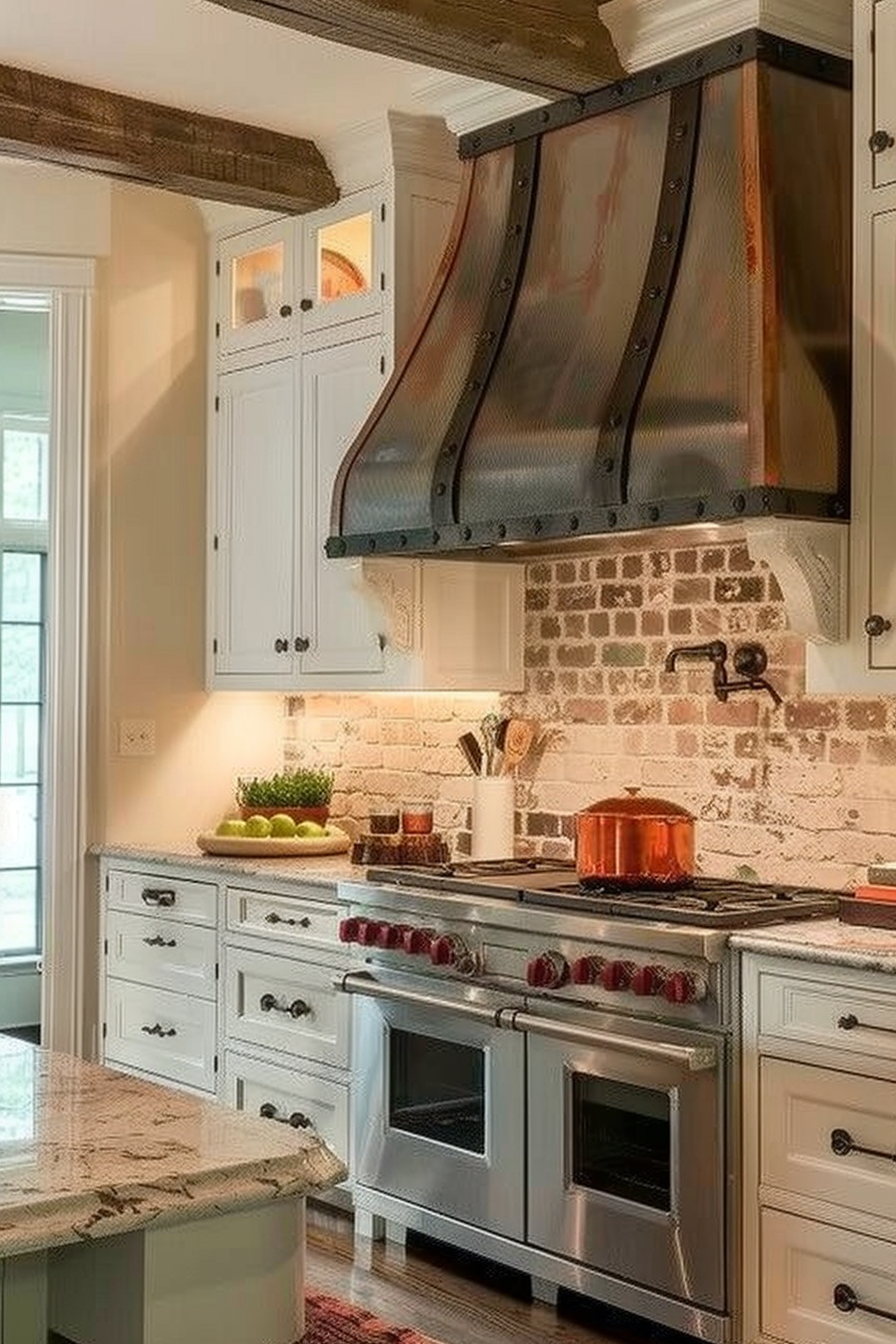









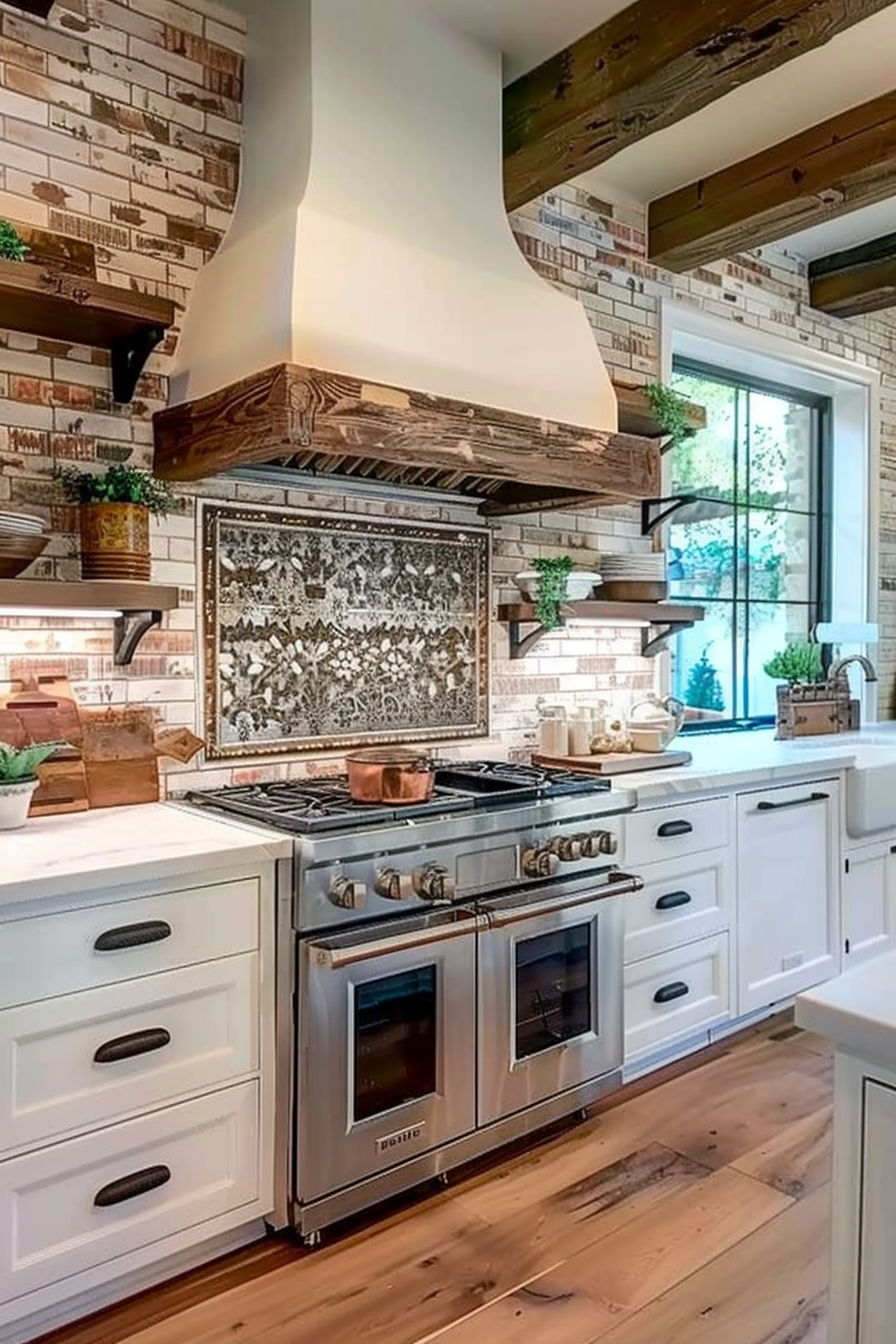
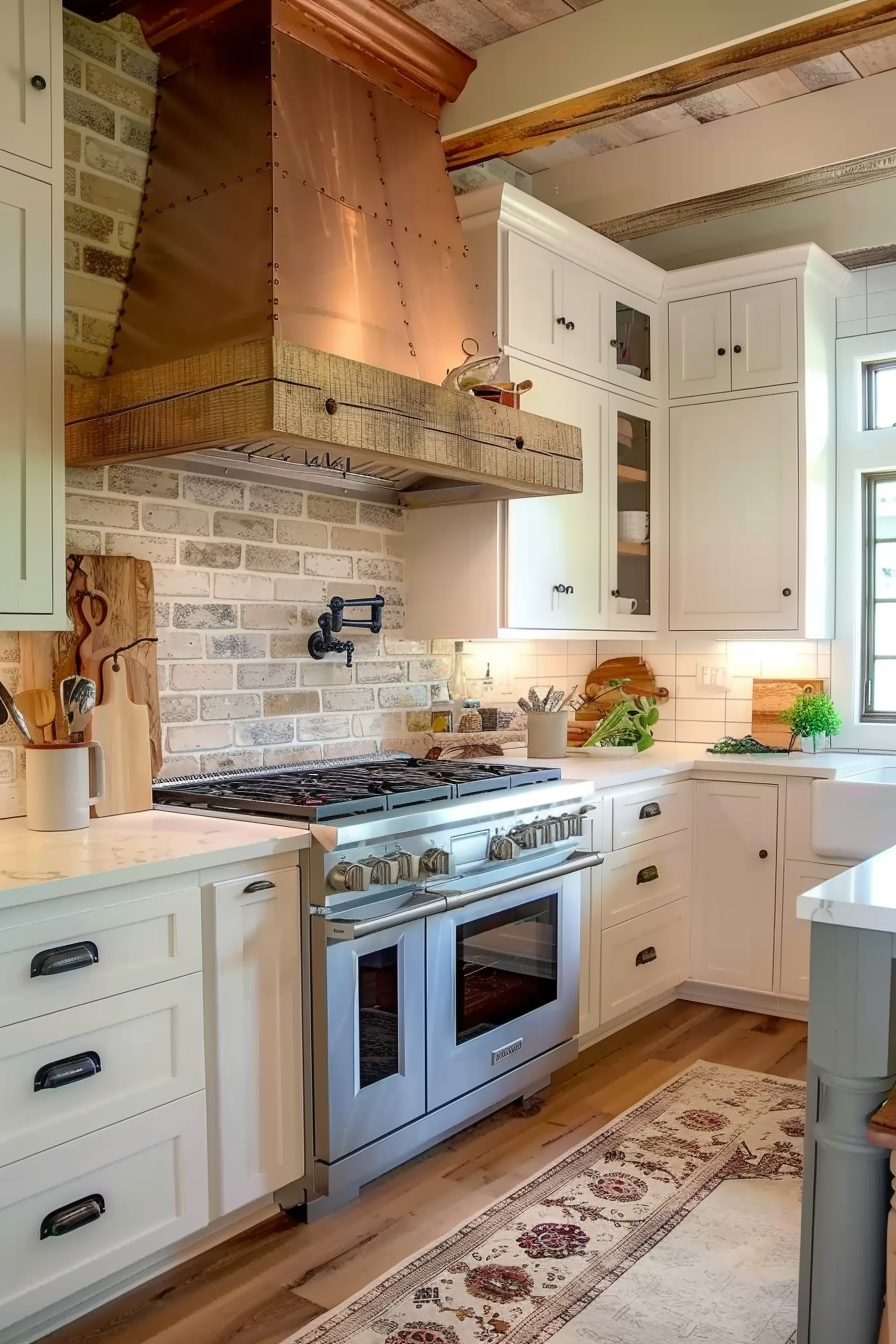


Follow Quiet Minimal on Pinterest for more home design tips and inspiration.


